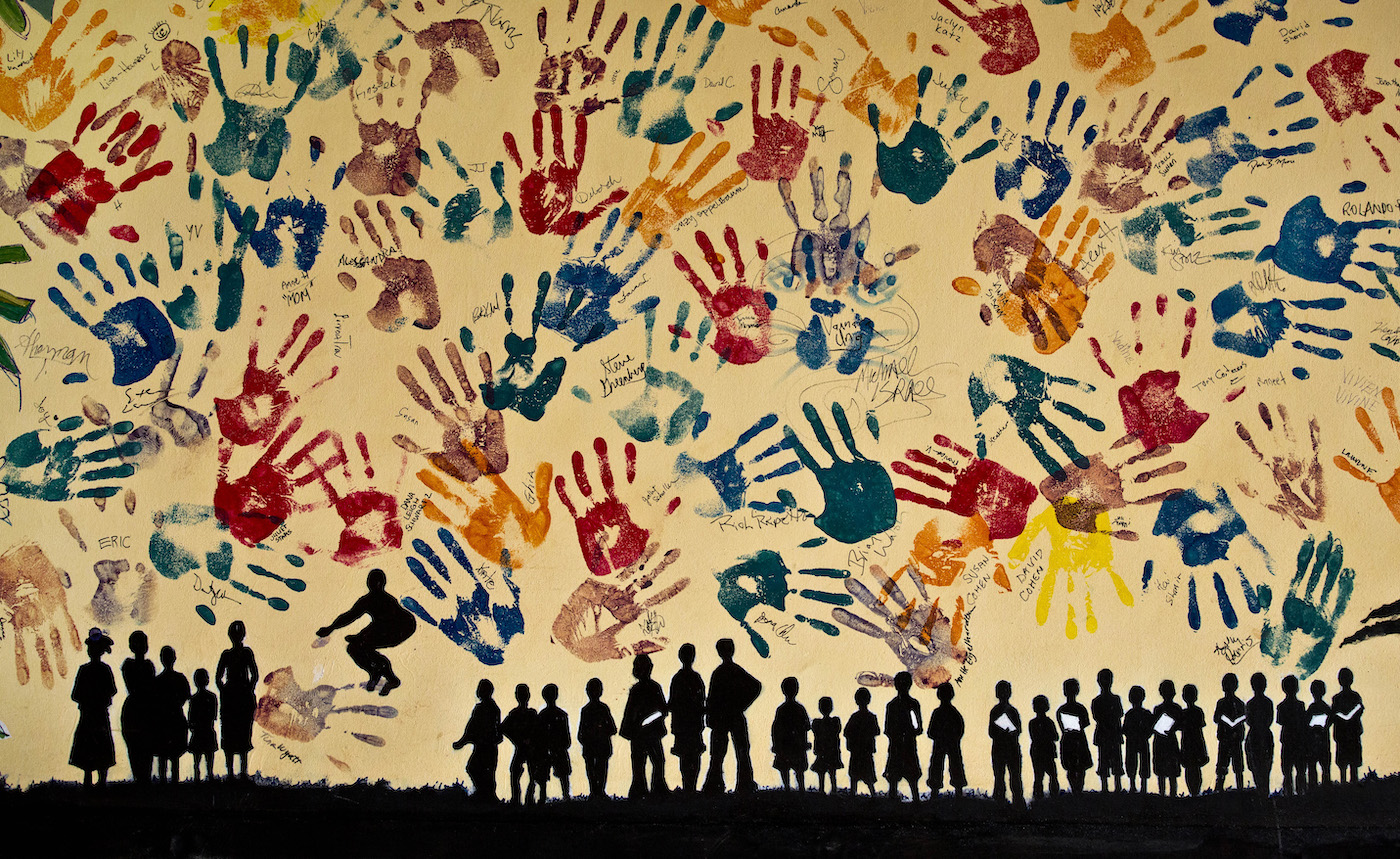April 15, 2021

What can victim groups do to advance justice for genocide and related crimes against humanity? A new Handbook from the Ferencz International Justice Initiative offers unique insights into this question. The Handbook is the first of its kind to speak directly to victim groups who want to pursue justice for mass atrocities. Full of practical advice, valuable information, and real-world examples, Pursuing Justice for Mass Atrocities: A Handbook for Victim Groups is an invaluable resource for anyone embarking on the long road to justice.
Pursuing justice for genocide and related crimes against humanity means many things to different people. For some, it involves taking steps to prevent the past from recurring; for others, it is about reconciliation; and for others still, it means holding those responsible to account. However we define justice, it is fundamentally a process that should not only serve but also be shaped by the needs and perspectives of victims and survivors. Yet all too often, justice processes exclude and sideline them. Until now, victim groups have not had access to practical advice all in one place on participating in and spearheading justice efforts. This gap is a core focus of the Simon-Skjodt Center's Ferencz International Justice Initiative. Through a multi-faceted strategy of education, outreach, and policy engagement, we aim to strengthen the architecture for international justice and support victims and survivors of genocide and related crimes against humanity to be their own justice champions. This Handbook is a practical resource that furthers these twin goals.
One of the core challenges the Handbook tackles is how to encourage decision makers to take meaningful steps to advance justice for mass atrocities. History has shown that no matter how serious the past atrocities, decision makers are unlikely to pursue justice without substantial pressure. History has also shown that victim groups are well placed to apply this pressure. To take one example, the Rohingya community has pressed for justice and accountability for the genocide perpetrated by the Burmese military. Their efforts have begun to bear fruit: in 2019—due in part to pressure from victim groups—The Gambia launched proceedings against the Burmese government at the International Court of Justice for violating the Genocide Convention At the time of writing, these proceedings are still underway. Inspired by the belief that when empowered and organized victim groups can be powerful justice champions, the Handbook offers hope to victim groups that there is always something they can do to advance justice.
Forming a victim-centered coalition is just one example of the many ways that victim groups can work to advance justice. The Handbook argues that for some victim groups, it may be beneficial to bring together different affected communities around a common goal. Through a coalition they can pool their resources and skills, making their voices louder and harder to ignore. The Handbook also acknowledges that this is not always possible or appropriate and it includes many other tools and strategies that victim groups can use to make their voices heard. Raising the profile of the justice cause among the general public through strategic communications is another example. By attracting interest in and support for justice through media engagement and public outreach, victim groups can make it increasingly uncomfortable for decision makers to ignore their demands for justice.
The Handbook also offers words of caution. For example, the Handbook discourages victim groups from gathering evidence for formal purposes—such as signed testimonial statements about specific crimes. As the Handbook explains, this is a highly technical exercise, and regardless of the work that victim groups and civil society have already done, officials typically conduct their own investigations before initiating proceedings anyway. In later chapters, the Handbook discusses some of the risks that justice work entails and the strategies that victim groups can use to overcome them.
The Ferencz Initiative’s Founding Director, Anna Cave, conceptualized this Handbook as an output of our inaugural convening at which 70 justice champions from affected communities and leading international experts discussed strategies for advancing justice from the ground up. The Handbook responds to survivors’ stated need for tailored resources about what they can actually do to advance justice; a theme which the convening brought to the fore. This Handbook furthers our work to strengthen a world in which victim groups have the skills and strategies to lead justice efforts in the aftermath of mass atrocities. With this Handbook, victim groups now have a tool to help them.
A group of distinguished panelists convened in March 2021 to launch this new resource, including Holocaust survivor Judge Thomas Buergenthal, Ambassador Clint Williamson, and representatives of survivor communities seeking to advance justice. Arabic, French, Spanish, and Swahili translations of the event are available. Watch the event in English:
We are also publishing a series of blog posts by guest contributors on some of the issues discussed in this post. Access the handbook online and email your thoughts and questions to genocideprevention@ushmm.org.
Sarah McIntosh is the Associate for the Ferencz International Justice Initiative of the Simon-Skjodt Center for the Prevention of Genocide. Sarah authored this Handbook as part of her work for the United States Holocaust Memorial Museum.
View All Blog Posts